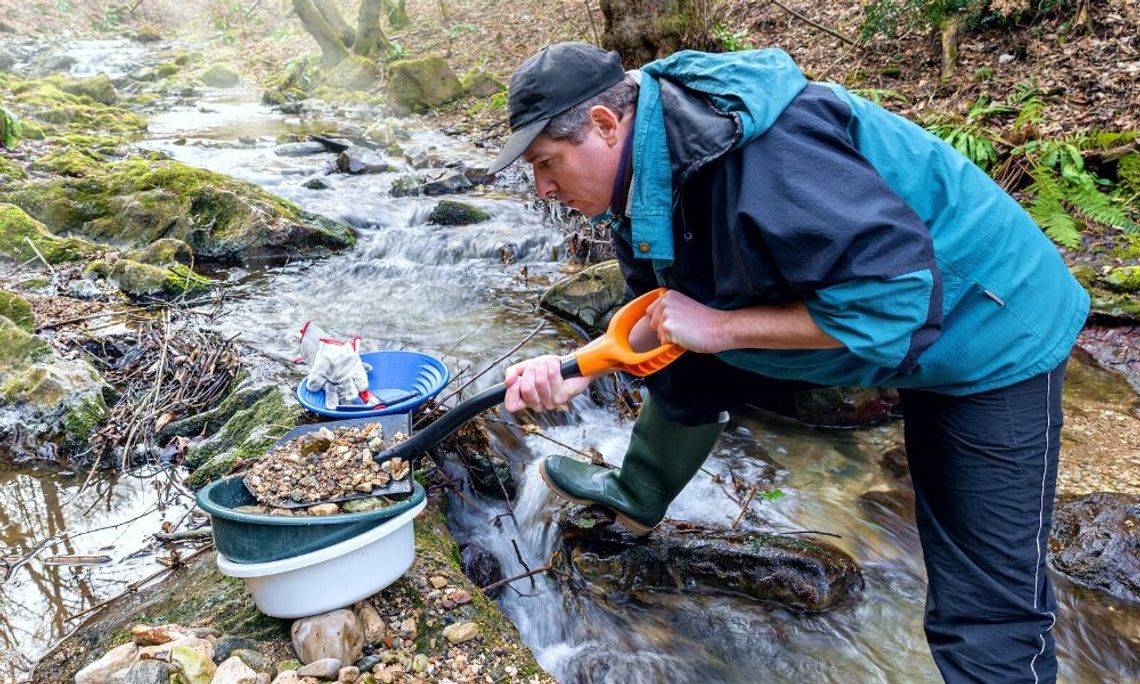After the famous gold rushes of the 19th century, people didn’t simply stop prospecting for gold in rivers and streams. Even today, people search for gold as a hobby. If you want to try a pastime that connects you to treasure hunts of the past, consider becoming a modern-day gold prospector. Here are a few essential tools you’ll need to get started.
Gold Pan
Before high-tech prospecting equipment became available, people panned for gold using—you guessed it—a simple pan. Basic gold pans have riffles along the sides that help separate gold particles from sand and gravel.
Dredge
Want to search for gold across a large area? A gold suction dredge helps expedite the process. Dredges work similarly to vacuum cleaners as they suck up sand and gravel from the river bed and transfer everything to a sluice box. The sluice has several layers that separate gold from the rest of the materials sucked up through the dredge hose.
Pick
Many prospectors use equipment like picks and thin shovels to break up chunks of soil and stone along a riverbed. Gold particles often get stuck in crevices between rocks as they travel downstream, so a sharp pick can help you find lucrative gold deposits.
Tweezers
Whenever you find small nuggets of gold in the riverbed, a long, thin set of tweezers will help you extricate those pieces. When you perform delicate work like searching for small bits of gold in a large area, detail-oriented tools will be of great help.
Storage Vials
At the end of a long day of prospecting, you may end up with gold pieces of various sizes, from visible nuggets to smaller particles. An array of glass storage vials will help you keep those tiny treasures safe as you transport them home.
If you want to become a modern-day gold prospector, make sure you have all the most crucial equipment with you before heading out. With a combination of practice and patience, you may find your new hobby is more lucrative than you thought.


Comment
Comments